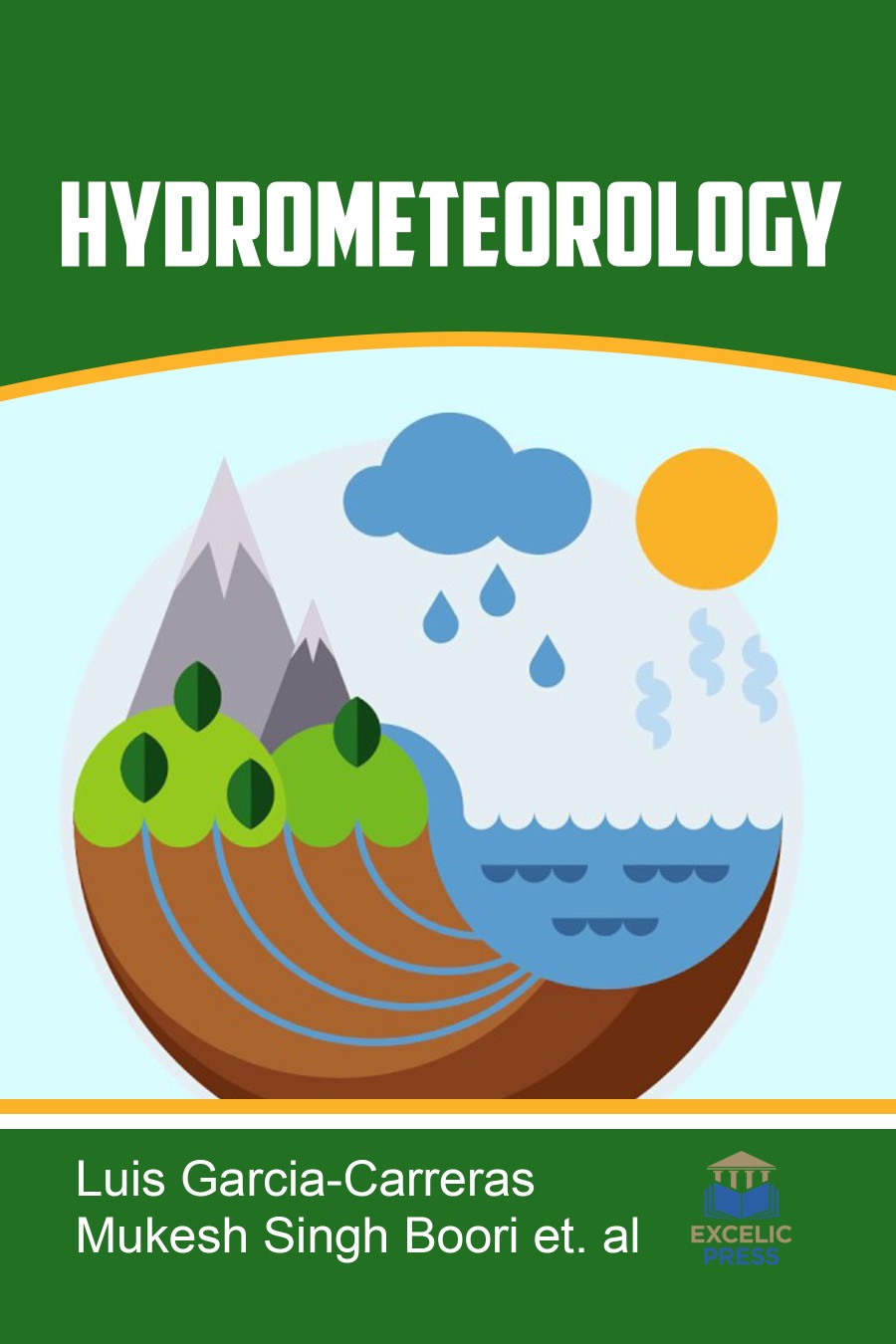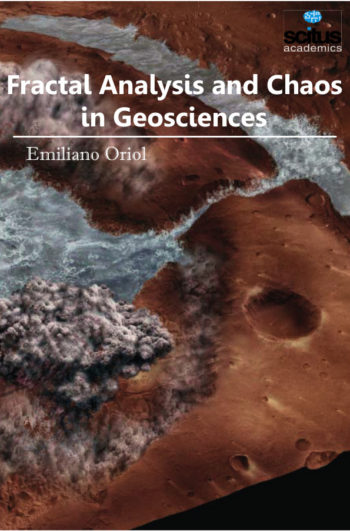Hydrometeorology is an interdisciplinary area of research that integrates knowledge from the atmospheric sciences and hydrology to learn the transfer and exchange of water and energy between land and the lower atmosphere. This area of research can be seen to exist at the interface of two well-developed disciplines, meteorology and hydrology. Usually, hydrometeorology offers ever-advancing information about the hydrological cycle, which is a fundamental part of the wellbeing of humankind on Earth. Water resources, mainly in arid and semi-arid regions of the world are of great concern, as they are intimately associated to the wellbeing of humankind. Complicated hydrological prediction tools are required to assess climatic and hydrometeorological conditions, as they impact the sustainability of water resources as well as water availability.
This volume covers the measurement, analysis and modeling of atmospheric and land surface processes tied to the hydrologic cycle. It presents the state of the art research on modeling, observing, and forecasting processes related to fluxes and storage of water and energy, including interactions with the boundary layer and lower atmosphere, and processes related to precipitation, radiation, and other meteorological inputs. These analyses often serve as the bases for the design of flood-control and water-usage structures, primarily dams and reservoirs. A number of hydrometeorological research activities have been reported in the literature by various researchers and research groups globally. The book also focuses on other concerns including the determination of rainfall probabilities, the space and time distribution of rainfall and evaporation, the recurrence interval of major storms, snow melt and runoff, and probable wind tides and waves in reservoirs. It offers insights into changes to the hydro-climatic system by diagnosing spatio-temporal characteristics and providing a historical baseline for future projections. Advanced graduate students and practitioners as well as professionals in environmental protection agencies and consultancies will also find the book of great interest.













